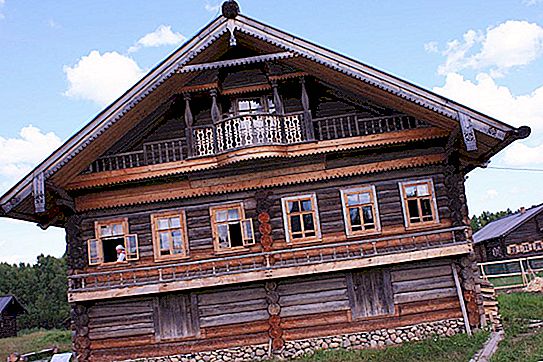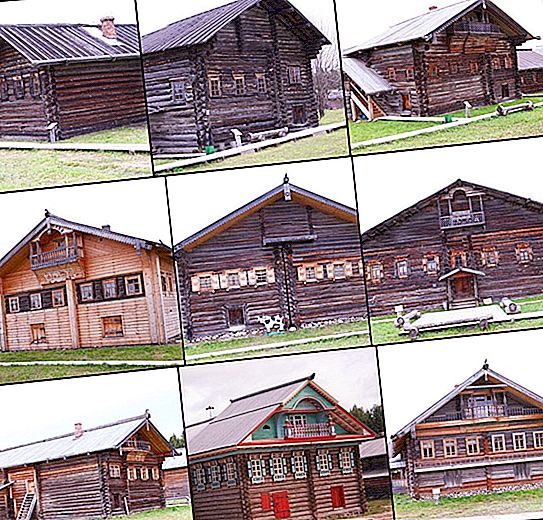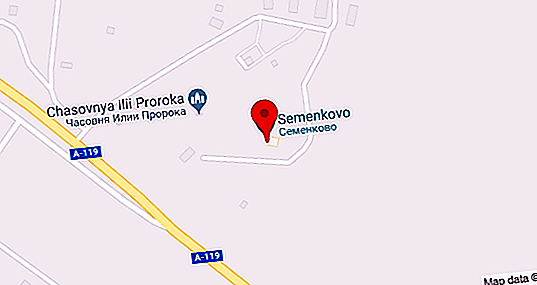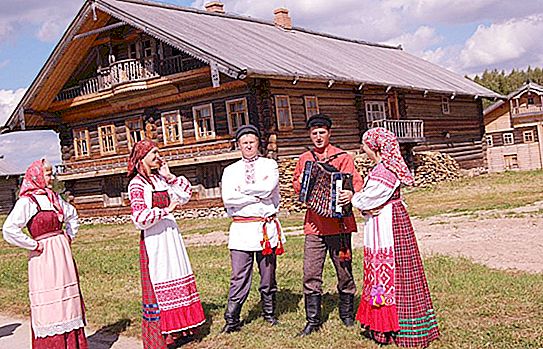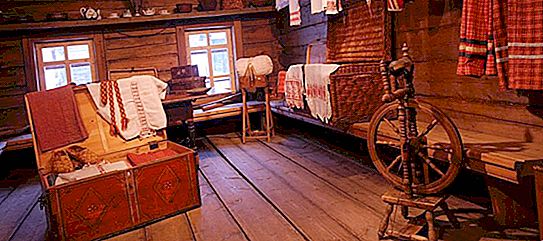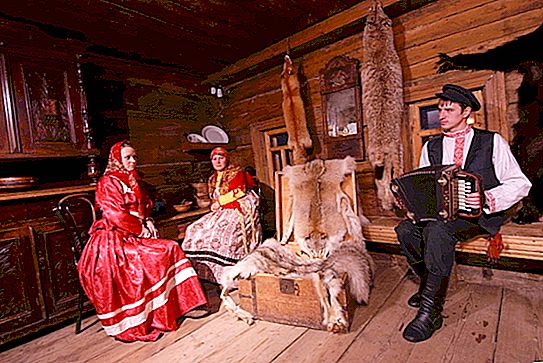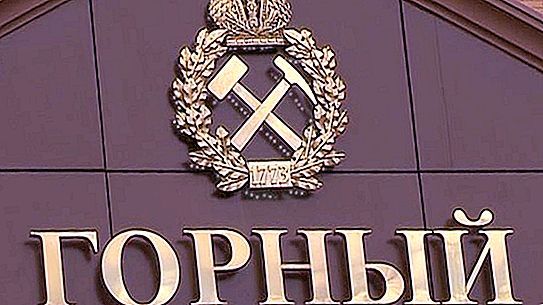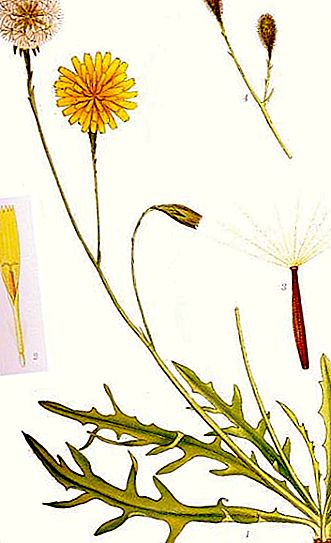The Semenkovo Architectural and Ethnographic Museum in the Vologda Oblast is a unique monument of federal significance. The exposition of the whole "museum" village is made up of real examples of Russian wooden architecture - buildings transported to this territory from different regions of the Vologda Oblast. All information about the Museum of Wooden Architecture Semenkovo - later in this article.
Museum History
The history of the Vologda architectural and ethnographic museum of Semenkovo began on December 14, 1979 - it was on this day that the Council of People's Deputies of the Vologda Region adopted and officially documented the decision to create it. A sketch of the plan of the main exposition and its placement was developed by Tatyana Matveevna Schuster, a researcher at the local museum of local lore. This plan was approved on October 17, 1983. In accordance with it, it was assumed that all the buildings transported for the museum’s exposition would be divided into seven sectors - according to the categories of districts or according to the styles of wooden architecture common in these areas. At the same time, three sectors were planned, in which fishery buildings and life, as well as peasant (agricultural) and workers (industrial), will be thematically connected.
The selection of buildings suitable for transportation to the museum - not only by historical value, but also by the ability to transport - took place throughout the Vologda Oblast from 1979 to 1990, that is, more than 10 years from the date of the decision. Separate buildings were transported as early as 1981 - these are the ones that needed a major restoration. The first buildings that appeared on the territory of the Semenkovo Museum of Wooden Architecture were brought from the Royal Village. This was Bolotova’s mansion and two barns - Parygina and Chadromtseva. The transportation and restoration of the objects of the future museum were carried out until 1995, when suddenly the financing of the project was stopped. It was possible to resume work only in 1999 - at the same time a detailed processing of the appearance of the future museum was carried out in accordance with modern realities.
The official opening of the museum took place in 2012 - it was finally completed thanks to funding under the target program of the Vologda Oblast. Currently, the composition is still open for replenishment.
Structure
Currently, the zones of the Semenkovo architectural and ethnographic museum are divided into four parts:
- "Village".
- "Church graveyard."
- Agricultural complex.
- Fair complex.
"Village" is the model of settlement that is closest to reality, which could exist at the turn of the 19th and 20th centuries. The "village" was created on the basis of buildings that used to be manor buildings, of which as many as sixteen units are represented in this zone. Successfully the composition of the "village" is supplemented by various auxiliary buildings - barns, outbuildings, corrals and so on. The building was completed in one row - this was done in order to visually isolate the museum’s composition from the highway located nearby. Thus, in this "Village" it is very easy to imagine yourself being transferred to the past.
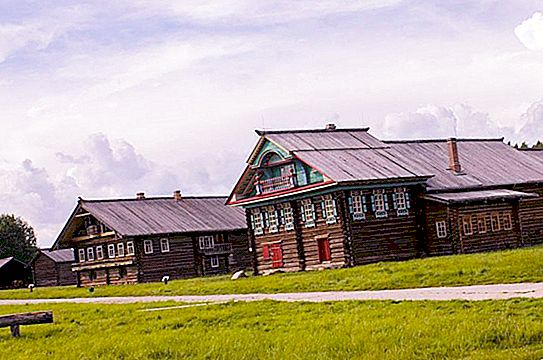
The exposition of the "Church Graveyard" is composed around the wooden St. George Church, which was built in 1700. Around it there are many funeral crosses and boulders that survived in the dilapidated cemeteries and were brought from there. They belong to different eras and look different.
The agricultural complex is made up of samples of buildings associated with the grain industry - one of the most important for residents of the Vologda Oblast at the turn of the 19th and 20th centuries. Here, visitors will see old mills, grain barns, barn. To enhance the visual effect, this exposure is surrounded by a real grain field.
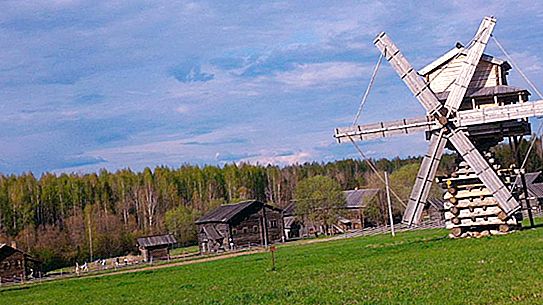
And finally, the fair complex - it includes shopping malls with souvenir products and a carousel stage, where various theatrical performances take place on special days - for example, on Maslenitsa.
Today, the exposition of the Museum of Wooden Architecture Semenkovo in Vologda occupies 12.7 hectares of area.
At home
Among the most interesting residential buildings that belong to the "Village" exposition, the following can be distinguished:
- House Slobodina. The building of the late 19th century, brought to the museum from the village of Podlipnoe (Totemsky district) in 1987.
- Kochkin House. Built in the second half of the 19th century, it was brought to the museum from the Andreevskaya village (Tarnogsky district) in 1987.
- House Bolotova. The building is the first exhibit transported to the museum - it happened in 1985. Previously located in the Royal Village (Nyuksensky District). Built at the turn of the 19-20 centuries.
- House of Popov. The building was built in 1862, it was brought to the museum from the Ivanovo village (Nyuksensky district) in 1991.
- House of Yurov. This so-called "house-yard" was built at the end of the 19th century, and was transported to the museum in 1993 from the village of Criul Markushevsky (Tarnog district).
- House Popova. Also a "house-yard", built in the late 19th century. Previously, he was in the village of Vnukovo, was transported to the museum in 1988.
- Pudova House. The construction of the late 19th century, in the territory of the Semenkovo architectural museum was moved from the Malchevsky village (Nyuksensky district) in 1990.
- House of Kopylov. This "double" hut is one of the most recent exhibits of the museum. Year of construction 1881, was transported from the village of Korostelevo (Syamzhensky district) in 2009.
- Khrapov's house. There is also a “double” hut, a wonderful example of a manor house of the late 19th century. It was transported to the museum from the village of Bor (Nyuksensky district) in 2005.
Outbuildings
At present, twelve barns, four glaciers, three windmills and two saunas are represented in this exposition. As well as objects of wooden architecture from the previous exposition, all these objects were brought from Nyuksensky, Totemsky, Tarnogsky, as well as Khabarovsky districts of the Vologda region.
Cult buildings
Not only the aforementioned St. George Church, but also the small chapel of Elijah the Prophet belongs to the religious buildings of the Semenkovo architectural and ethnographic museum.
The St. George Church of 1700 was transported from a village called Potsky Pogost (Tarnogsky District) in 1993. Plans for the transportation of this building appeared in documents since 1982, but due to the extreme decay of the church, this could not be arranged for a long time. But when in 1993 the tent dome collapsed, the question arose about the urgent transportation and restoration of this historical monument. Fortunately, the church was delivered to the museum in relative integrity. It was restored and restored from preserved photographs of the early 20th century.

The chapel of Elijah the Prophet was built at the beginning of the 19th century in the Grigorov village (Verkhovazhsky district). From there, she was transferred to the Semenkovo Museum in 1999.
Location
The exact address of the Semenkovo Museum of Wooden Architecture is the Vologda District, the May village settlement. Here is the village of Semenkovo, near which the eponymous museum is located. Tourists traveling by car should go 12 km of the Vologda - Kirillov highway. If you have to go by bus, you should get from Vologda by the Vologda - Molochnoe route and get off at the Semenkovo stop. The Museum of Wooden Architecture will be located nearby. In order not to get lost, a map with the location of the museum is presented below.
Opening hours and cost
The opening hours of the museum are different in summer and winter. Summer here is considered from May 1 to September 30, and winter from October 1 to April 30. So, in the summer the museum is open from 10:00 to 19:00, however, visitors should keep in mind that the ticket office is open until 17:30, and museum expositions (internal) until 18:00. In winter, the museum can be located from 10:00 to 17:30, the ticket office closes at 16:30, and internal exhibitions at 17:00. Regardless of the season, the museum is open from Wednesday to Sunday - Monday and Tuesday are weekends.
The cost of a ticket to visit all museum exhibits is 150 rubles. For schoolchildren, students and senior citizens - 50 rubles. Preschoolers can enter the museum for free, but only accompanied by their parents.
Interactive programs
The Semenkovo Museum in Vologda is not only an exposition site, but also a venue for regular theatrical, game and excursion programs. The most interesting for visitors are theatrical performances involving the audience. Currently, these are three New Year's plots, which are held from December 15 to 30, and one summer - based on the tale of Emelya. It is held from May 15 to June 1. Visitors pre-order such events for the required number of people.
No less interesting are the games traveling around the stations, which involve full participation on the part of customer visitors. The range of such games is wider both in plot, and in age categories (including mixed ones), and in the seasons.
A separate category of plot and theatrical events is called the "Solstice". Here visitors can take part in the holidays really existing in Russia related to the harvest and the seasons. Original rituals are restored, restored from the annals, historical documents and literary descriptions.
Also, the Semenkovo Museum throughout the year offers visitors the organization of thematic birthdays, name days, weddings, bride ransoms and other holidays that can be interesting to beat in a similar setting.
Tours
Also on the territory of the museum, in addition to the classic excursion program, there are thematic ones. They should be recorded in advance, and such excursions are divided into the following subspecies:
- Wooden construction in Russia. An informative emphasis on excursions is made on the features of wooden architecture, the foundations and laws of construction of that time.
- Peasant life.
- Life of prosperous peasants.
- Hunting and life of hunter families.
- Fishing. Life of fishing families.
- Peasant self-government.
- Oil making.
- Worldview of the Vologda people.
Master classes
But on thematic excursions and interactive programs, the imagination of the organizers of the Museum of Wooden Architecture Semenkovo did not end. For those who like to take home handmade souvenirs, or want to experience being Russian peasants from their own experience, a huge number of permanent and seasonal workshops are presented here. Among them:
- The art of painting household items.
- Making folk dolls.
- Crafts from birch bark.
- Wood carving.
- The art of popular print.
- The art of typesetting embroidery.
- Folk game lapta.
